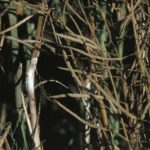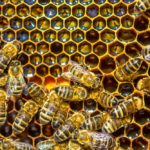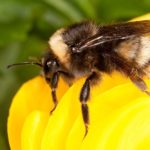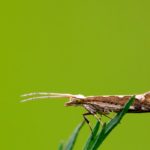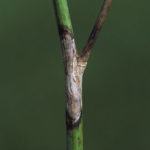As July approaches and crop canopies close, sclerotinia will be on the minds of many canola growers. But will it pay to spray? Fungicide applications are more likely to be profitable when the canola hits 30-40 bushels per acre, said Colleen Redlick, senior technical development specialist at BASF. Justine Cornelsen, agronomy specialist with the Canola



